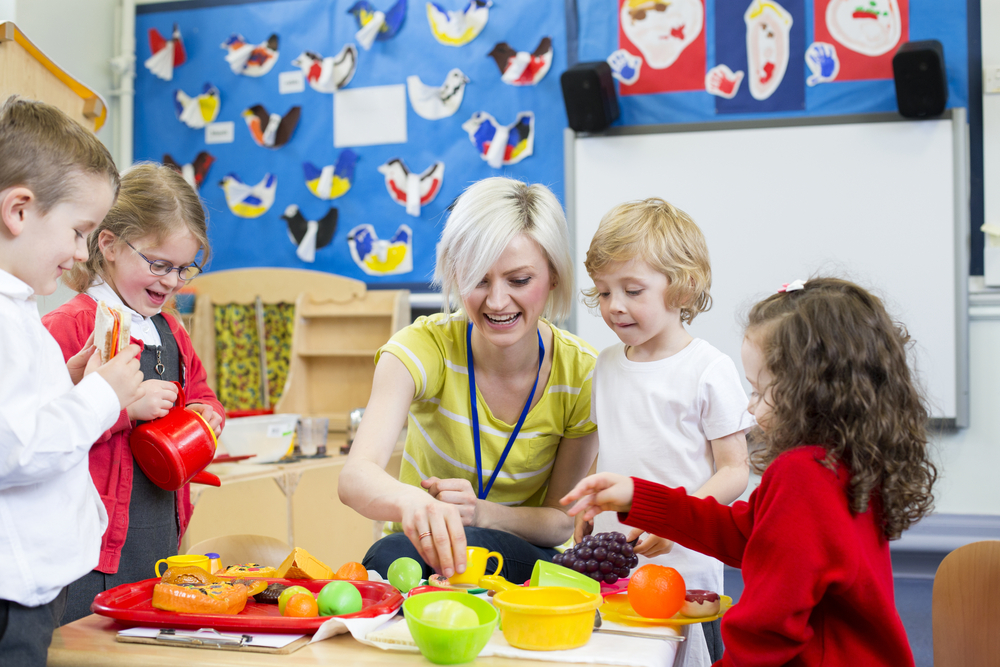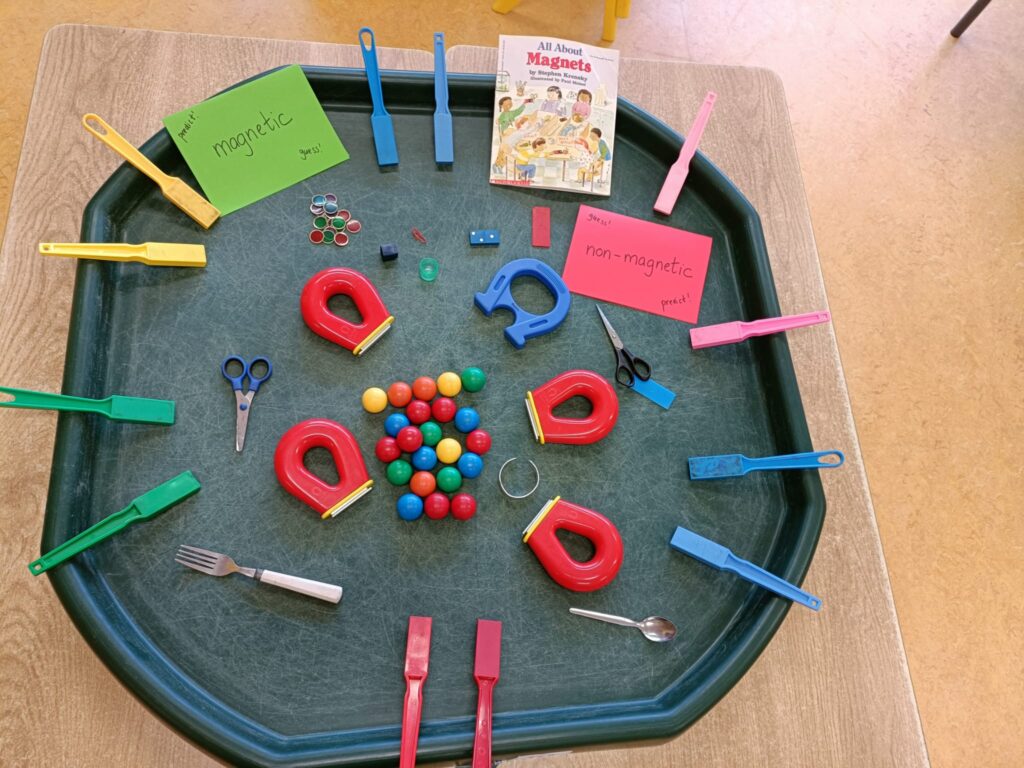Teacher author Aoife, shares her reflections on how various forms of play are approached in her classroom, from teacher led, to self-directed play.
As primary school teachers, I think we all know the value of play and playfulness, so I was certainly delighted to see that our new Primary Curriculum Framework recommends playful experiences… and all the way up to 6th class too!!!
So, the message is clear, play is the way.
Play is the work of the child
marie montesorri
The research that the new policy direction is based on, states that effective play can take many forms, including teacher led, co-constructed play and child led play.
Here is how we have been approaching these different type of playful learning experience.
Teacher led play
Clearly this occurs when an adult initiates, guides and controls the play. This could be a whole class game in circle time, for drama, a maths warm up game and indeed a game on the interactive whiteboard.

I have found that teacher led play, when used regularly, helps set the tone for a warm, welcoming, playful classroom environment.
My teacher led play is often closely linked to the curriculum, with a learning goal in mind. This can be as simple as adding a playful element to your lesson and embracing your silly side.
Here are some typical examples that have worked for us:
- Next time you are reciting tables with the class, you could all pretend to be robots together.
- When you are learning about the ‘q’ sound, you could pretend to be a ‘Queen’.
Children love to laugh and learn best when they are happy and engaged, so adding a playful element to your lesson is pretty much a guaranteed win win!
TOP TIP: If you use a lesson planning template, you could add a note to yourself to identify any playful approachs or opportunities. Often, you only need a reminder.
Co-constructed play
This is where I provide opportunities for play and the child can then work with others to develop their own ideas. For example, if you set up a water bath for maths capacity work, the children will soon work together to create an imaginary under water scene.

When setting up activities for the pupils, I find the best thing to do is think twice and ask yourself, how can I make this a playful experience for the children?
Child led play
Exactly what it says on the tin. It is up to us as teachers to provide extended blocks of time for children to explore their own ideas and play freely with a wide range of materials.
Children can choose sand, water or sensory play. Tuff trays are great for this and you can check out an article about tuff trays here.
I generally offer construction toys like Mobilo, Lego, Sticklebrick & straws but things like magnets, cardboard tubes and marbles can all be explored and played with.

Children love to use their imagination with small world toys like farm animals, figurines and dinosaurs too.
A role play area is a lovely addition to any infant classroom and there are so many wonderful ideas online now to give us ideas for thematic role play corners.
Final thoughts
You may think you have to have a beautiful fully stocked classroom to provide effective play experiences for the children but this is certainly not the case. In fact, more often that not, the less the children have to play with the more creative their play and interactions can be.
Don’t be afraid to ask for donations from the school community though. Old phones, handbags, scarves can be a great addition to a home corner. Also, when parents are doing a spring clean, remind them that Lego and toy donations in good condition would be very much welcomed in your school.
Also, keep an eye on your local freecycle pages, Adverts/Donedeal.
As Maria Montessori said, play is the work of the child. It helps children to develop socially, emotionally and physically. So let’s embrace play all the way!

Leave a Comment